HOME > Basketball
How did Curry break the Timberwolves absent? Analysis of the three key strategies
2:31am, 15 May 2025【Basketball】
1. Historical data and real challenges of Curry's absence
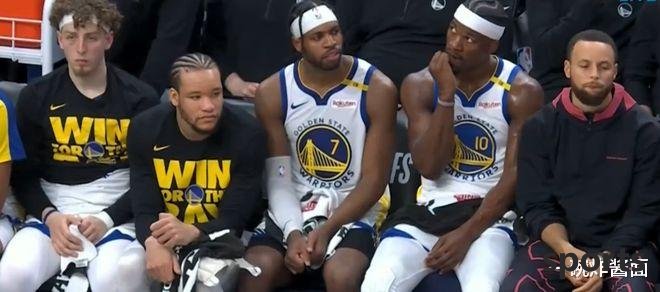
(I) Playoff resilience: the logic behind 9 wins and 3 losses
In NBA games, the absence of superstars is usually regarded as a major crisis facing the team. However, the Golden State Warriors wrote a remarkable backlash chapter in the playoffs when Stephen Curry was absent. Looking back at history, since Curry led the team’s rise in 2015, the Warriors have achieved 9-3 in the playoffs they missed, with a winning rate of 75%, far exceeding their career playoffs of 70.4%. On the surface, this data is an extraordinary achievement that goes against conventional cognition. Curry's last missed the playoffs dates back to the first match of the 2018 Western Conference Finals, when the Warriors' opponent was the New Orleans Pelicans.
After deeply analyzing the internal logic behind this phenomenon, it is not difficult to find that the tactical system built during the Warriors Dynasty (2015-2019) is like a fortress with a solid foundation. Even if the core star is temporarily absent, the team can still gain a firm foothold with its deep tactical heritage. Champions such as Klay Thompson and Draymond Green have experienced many hardships in the finals and have accumulated rich experience. They are like veteran warriors who have been through the battlefield and are well aware of how to make up for the impact of the absence of core players during critical periods. Although the team's offensive rhythm changed when Curry was not on the court, Thompson's accurate three-pointer can still pose a fatal threat to his opponent from the outside. In these games Curry missed, Thompson served as the main attacker, averaging 23.4 shots per game and scoring 31.2 points per game; Green played the role of the team's core organizer, and with his outstanding support ability, he averaged 11.7 assists per game, effectively driving the team's offense. On the defensive end, they built a solid defensive line with tacit cooperation. The high-intensity confrontation at the playoff level has inspired their fighting spirit and prompted them to do their best in every offense and defense round, always maintaining extremely high tactical discipline.
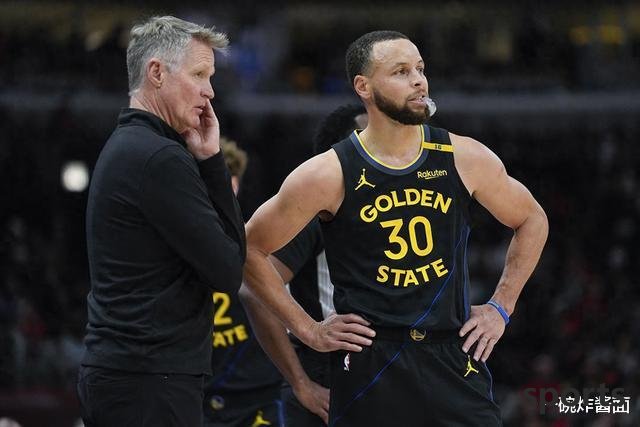
(II) The regular season and the playoffs are both in the ice and fire, however, when the perspective is changed from the playoffs to the regular season, the situation is completely different. In the last four seasons, when Curry was out, the Golden State Warriors had a regular season record of 24-66 with a winning rate of just 26.7%, which was at a low level in the league. This significant contrast has triggered thinking: Why does the same team perform huge differences in performance when the same core players are absent in different stages?
The regular season schedule is long and complicated, the game density is high, and the schedule is compact. During the long season, players are prone to fatigue and slackness, and it is difficult to maintain a high level of defensive discipline. The team relies heavily on the stars' personal abilities to open up the offensive situation. Curry, as the team's offensive core, will cause the team's offensive system to fall into chaos, and the opponent can defend other players more targetedly. In the playoffs, the intensity of the game has been greatly improved, and every game is related to the success or death, and the players' concentration and fighting spirit are fully stimulated. The Golden State Warriors' playoff defense system is very distinctive. They deeply understand the key role of three-pointers in modern basketball games, so they have made every effort to limit their opponents' three-pointers. Through active rotation defense and blocking the pass route, it makes it difficult for the opponent to get the ideal three-pointer opportunity; at the same time, the team focuses on controlling mistakes, reducing their own mistakes, and avoiding providing the opponent with the opportunity to score easily. This defensive strategy highlights the advantages of role players. They do not need to undertake excessive offensive tasks and can devote more energy to the defensive end and make up for the impact of the stars' absence through active fighting and teamwork. The loose defensive discipline in the regular season has been reshaped through the tempering of the playoffs, and the team has shown a new look and strong combat power.
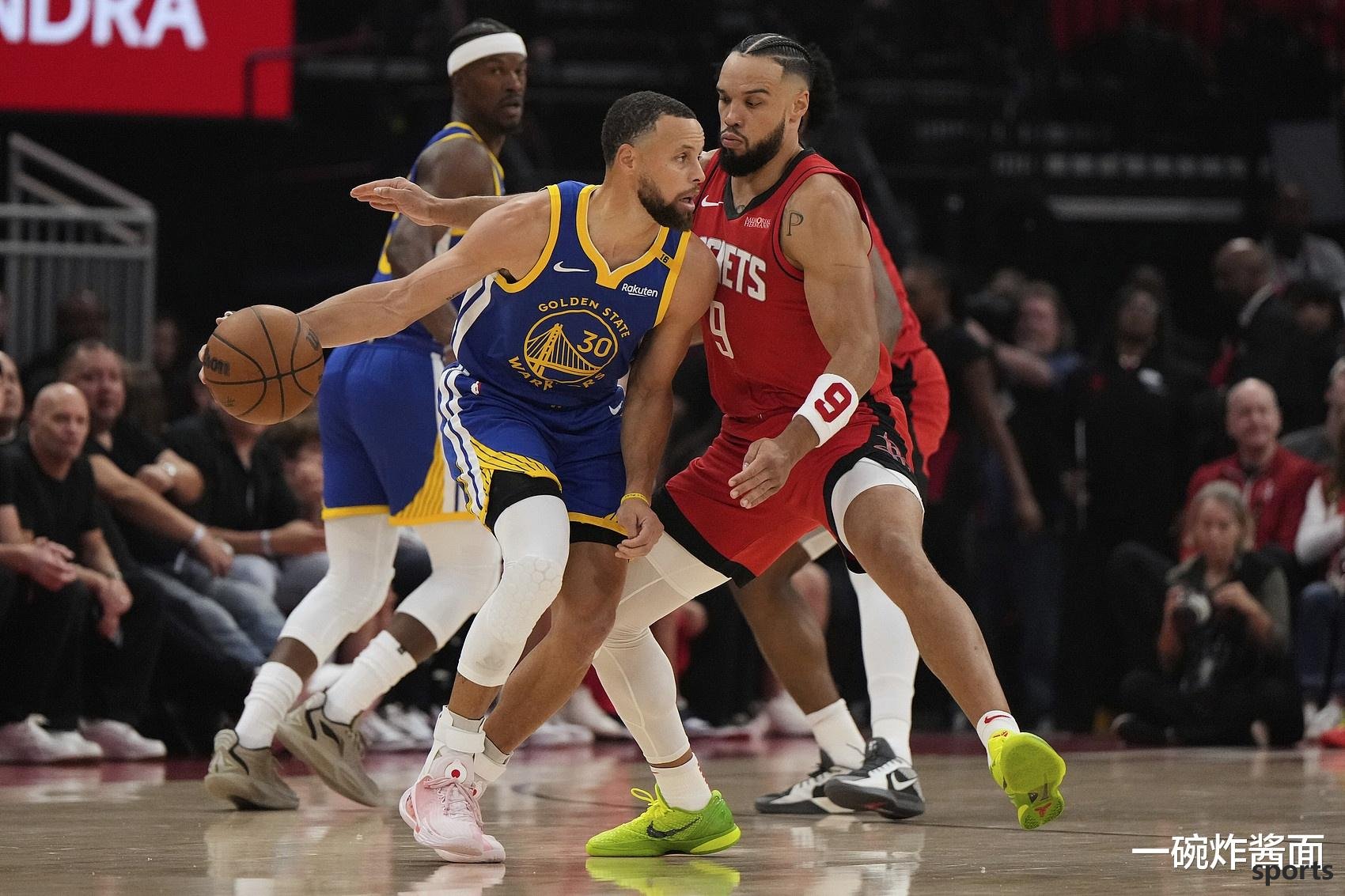
2. Three core strategies to defeat the Timberwolves
(I) Stand up the outside: pinch the Timberwolves "Three-point Lifeline"
In the current NBA field, three-pointers are undoubtedly a double-edged sword with both powerful power and potential risks. From the offensive end, it can instantly activate the team's offensive firepower and create a large number of scoring opportunities for the team; but from the defensive end, if the defensive strategy is improper, the area outside the three-point line is very likely to become a weak link to be broken through by the opponent. For the Golden State Warriors and the Minnesota Timberwolves, two teams that are strongly competitive in the playoffs, the tactical game outside the three-point line has become a key factor in determining the direction of the series.
In the regular season, the Minnesota Timberwolves showed excellent three-point shooting ability, with a three-point shooting percentage of up to 37%, ranking third in the league. The team has built an offensive system with three-pointers as the core. Players such as Carl Anthony Towns, Anthony Edwards, and Mike Conley have become an important support point for the team to score with their outstanding three-point shooting ability. They are bold and efficient outside the three-point line. They are often able to break the balance on the court by accurately three-point long shots when the game is in a stalemate. However, in the first two games against the Golden State Warriors in the playoffs, the Timberwolves' three-point performance fluctuated significantly. In the first game of the series, the Timberwolves' offensive performance outside the three-point line was severely abnormal, with a total of 29 shots hitting only 5 goals, with a shooting percentage as low as 17.2%. The area outside the three-point line seemed to have become a "scoring desert" that they could not overcome; in the second game, although the three-point performance rebounded, with 7 goals in 18 shots, it still did not reach the average level during the regular season.
The Golden State Warriors deeply recognize the important position of three-pointers in the Timberwolves offensive system, so they formulated a strict high-pressure defensive strategy for the Timberwolves' three-point offense in the playoffs. Combining online delays with bottom-line defense has become the core point of its defensive tactics
Related Posts
- In the opening game of the new season, the Clippers fell behind by 24 points in the first quarter. The Jazz shot 16 of 20 in a single quarter. Harden and Paul were in a slump.
- Can Horford No. 42 jersey be retired from the Celtics? US media strongly support: His spirit and leadership are priceless
- Kumingga s farce is getting worse, and the boss Rakob angers Butler, Curry still keeps silent
- The Trail Blazers are 11th, the Spurs are 8th! US media predicts the Western Conference rankings in the new season: Clippers are 5th, Rockets are 3rd, and what are the Lakers?
- Porzingis: If the Celtics don t win the championship, we can exceed expectations in the Hawks
- Causing controversy! Yang Yi: If I were Guo Shiqiang, I would take Yang Hansen. If I don’t fight for the Asian Cup, something will happen.
- Durant Curryton was not Harden s opponent, both of them were almost defeated by the Rockets.
- The Lakers new player debuted: 3D champion + organizational brain, James Luca won the golden puzzle!
- After the Knicks were eliminated, four guesses, one person is the core, Thibodeau was dismissed, the guy touched the ceiling
- The league s first sword aims at the finals! Alexander is in a hot state, Edwards ushers in a life-and-death battle
Hot Posts
- In the opening game of the new season, the Clippers fell behind by 24 points in the first quarter. The Jazz shot 16 of 20 in a single quarter. Harden and Paul were in a slump.
- Can Horford No. 42 jersey be retired from the Celtics? US media strongly support: His spirit and leadership are priceless
- Kumingga s farce is getting worse, and the boss Rakob angers Butler, Curry still keeps silent
- The Trail Blazers are 11th, the Spurs are 8th! US media predicts the Western Conference rankings in the new season: Clippers are 5th, Rockets are 3rd, and what are the Lakers?
Recommend

There are many opportunities, and the famous reporter is sure that the Lakers will make a deal! US media shows a 3-for-1 plan: the second round pick and the magic shot
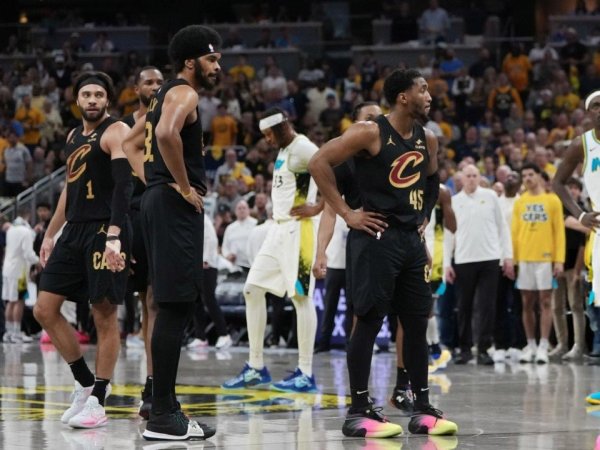
Cavaliers are behind 1-3 and their lives are hanging on the line! Mitchell is injured on the same day after a year, 64 wins and 18 losses may become a joke
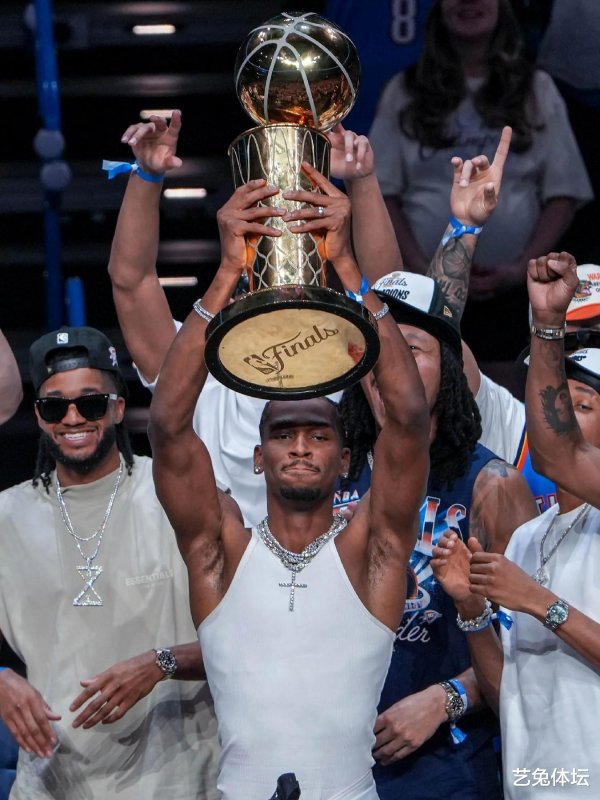
The highest salary in the NBA history, the fourth highest annual salary in the world sports industry, and the winners on and off the SGA
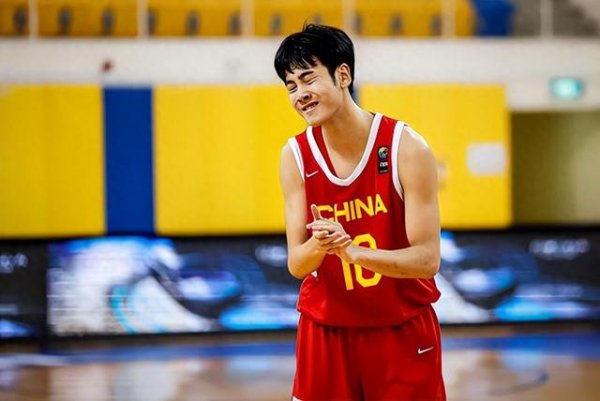
When a returnee genius encounters local prejudice, where is the future of Chinese basketball?

Fans criticized Warriors players for eyeing the team s "boss" position after Curry and Green retired.

Who are the non-sale products of the active league teams? Durant James lost the election, Doncic is re-recognized

A total of 12 people in the 22nd term have reached contract extensions: Rockets Jia is worth 125 million, and three people have exceeded 240 million!
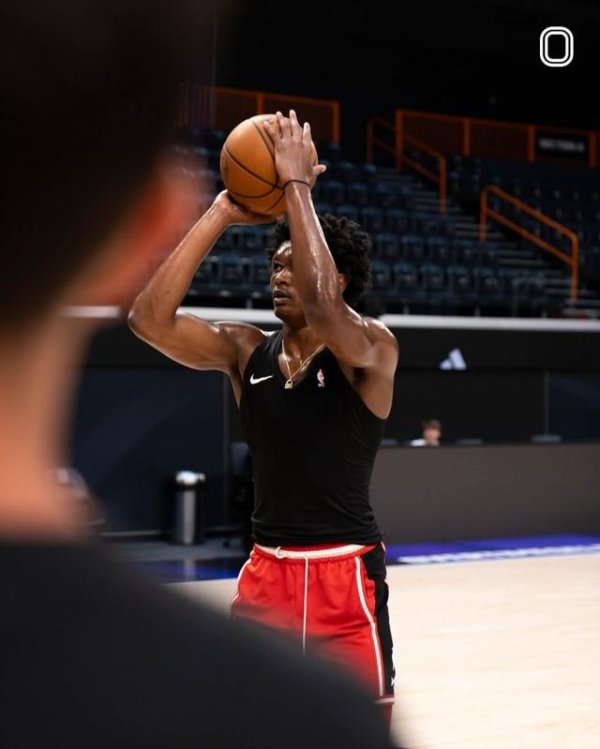
It s cool! After Durant, Smith and Capela, the Rockets want to introduce a single game 44-point killer